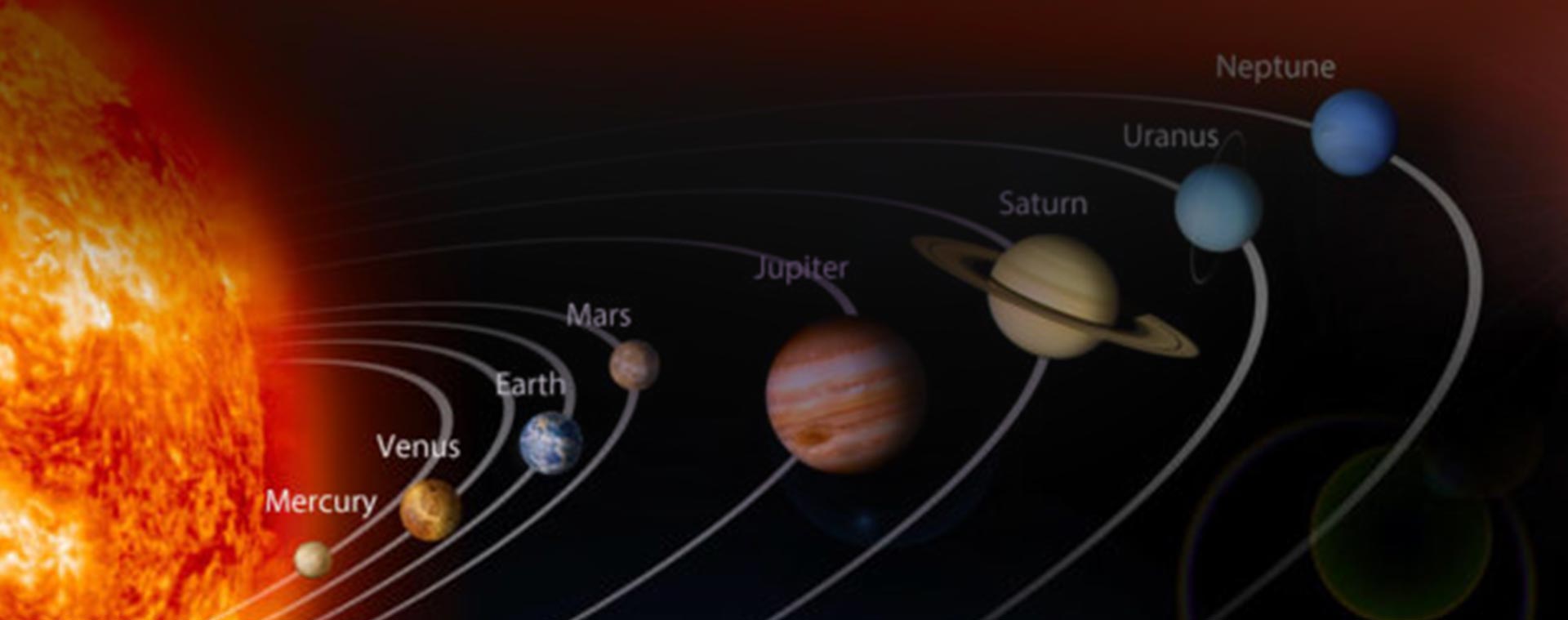Seminar Details
The growing demand for photodetectors has drawn attention for the growth of semiconducting metal chalcogenide films due to their tuneable bandgap and optoelectronic properties. In this work, MoTe2 thin films were fabricated using physical vapour deposition system with a face-to-face Mo&ndashTe arrangement on silicon substrates in horizontal furnace. Post-deposition structural, and electronic behaviour were carried out with process parameters. XRD and Raman spectroscopy were employed to analyse the structural properties of the MoTe2 thin film. Electrical performance was studied using current-voltage (I&ndashV), current-time (I&ndasht) and Hall effect measurements systems. The correlation between growth parameters and electronic behavior has been established. The films, grown at 600 °C with a process duration of 15 minutes, are found to be optimal growth parameter. Thereafter, MoTe2 films was treated with bipyridinium dichloride and copper chloride to modulate the p-type and n-type behaviors with dopant concentration and post-annealing temperature. Various device configurations including resistive photoconductor, heterojunctions, homojunctions, schottky junctions and stack layers were fabricated to evaluate the IR response of MoTe2 under 850 nm, 940 nm, 1060 nm, 1300 nm and 1550 nm illumination. Among these, The MoS2/MoTe2 stack layers has shown responsivity of 1728 mA/W and a specific detectivity of 6.52 × 1011 cm.Hz1/2.W-1. MoTe2 photoconductors recorded the fastest switching response, with rise and fall times of 0.56 s and 0.63 s, respectively. Stacked layers like rGO/MoTe2 and MoS₂/MoTe₂ enhance IR detection by improving interface quality, passivating defects, enabling efficient carrier separation, and facilitating faster, stronger photocurrent through built-in electric fields and type-II band alignment. Notably, tellurization of sputtered Mo films has shown enhanced IR detection performance at 1060 nm, highlighting potential application in next-generation infrared detectors.


